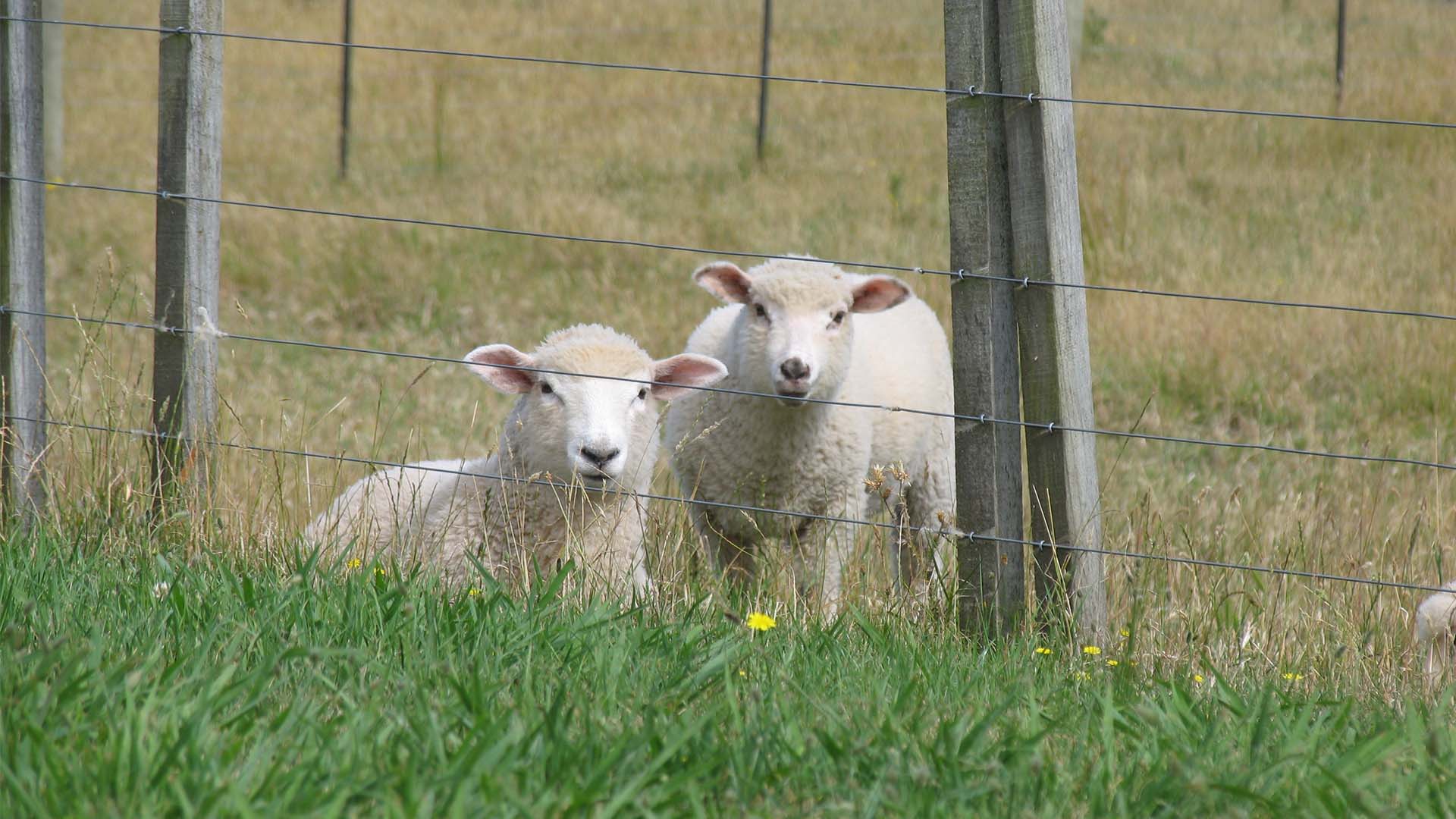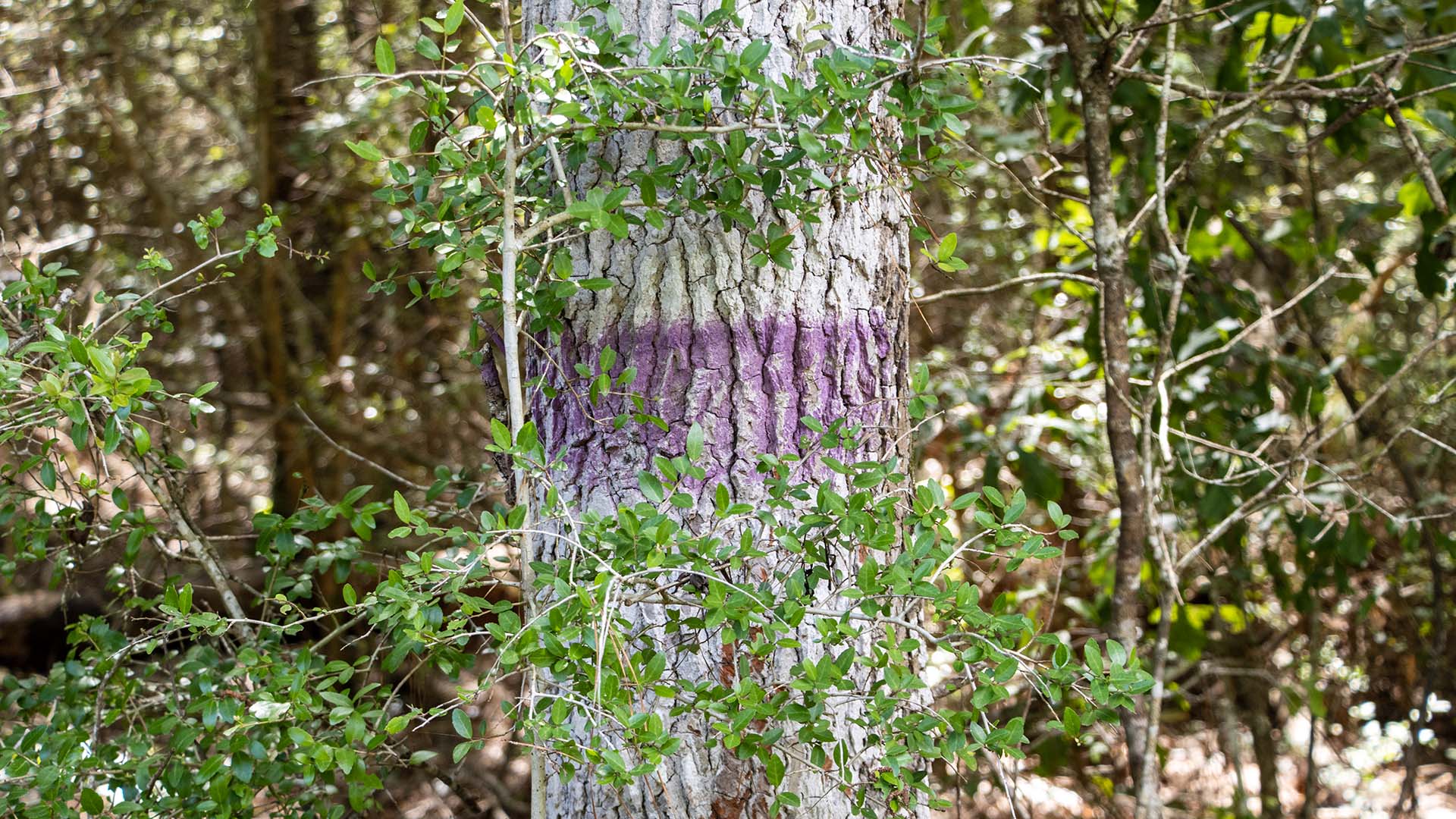
Horses have many built-in mechanisms to keep themselves warm in cold weather, but living in domestic conditions requires care on the part of the owner to ensure our equine companions can handle chilly temps. Before the weather outside gets frightful, here are some horse management items you should check off your list.
✓ Provide standard medical care
General horse keeping is important no matter what the season is, but when ambient temperatures dip far below freezing with mountains of snow around, horse care becomes even more of a priority. Kathy Key of Key Stallion Station in East Pueblo, Colorado, says she prepares for the winter season by scheduling maintenance for all of her equine charges. This includes vaccinations, deworming, injections or bute for arthritic senior horses and teeth care.
“We really want to make sure our horse’s teeth are floated before they go into the winter, because if they have sharp hooks or anything, that could cause ulcers,” Kathy said. “All the chewing on roughage they have to do will not be as effective and it could cause the horse to lose body condition.”
✓ Evaluate body score
Kathy always looks at the body score of her horses prior to the winter months, and will adjust feed based on what she sees.
“I like my horses to be going into the winter a little on the heavier side, as opposed to the thinner side,” Kathy said. “If in August and September, it looks like the horses have gone through the summer a little bit stressed for whatever reason and are a bit thin, I’ll adjust their roughage and supplements accordingly so we can get some weight put back on them and get them into winter with a little extra fat on them.”
✓ Increase nutrition
Proper nutrition is crucial in the winter months, when horses burn more calories to keep warm. Kathy supplies more roughage in the form of coastal and alfalfa hay for her horses in the winter.
“By digesting all of that roughage, internal heat builds as the horse digests, so it keeps them warmer,” Kathy said.
For horses that will live outside, Andy Kurtz of Andy Kurtz Performance Horses in Steamboat Springs, Colorado, starts increasing grain and forage at the end of October. He starts with grain, but as the meadows the horses graze on get covered in snow, he’ll increase hay as well.
“Once the snow gets here, our horses basically eat as much forage as they want to because it is so cold,” Andy said. “We tend to feed more throughout the winter because they burn more calories just staying warm.”
✓ Winterize your horse’s feet
Hoof growth could slow somewhat in the colder season, but you still want to ensure your horse’s feet are properly cared for. Kathy cleans her horse’s feet frequently in the winter to remove packed ice or mud. For horses that will be living outside, Andy has their shoes pulled before too much snow has settled on the ground. With horses that need shoes, Andy says they require snow pads from the farrier. And for horses with sliders, Andy has the farrier add clogs to the shoes that can be screwed in and out as needed.
✓ Don’t neglect turnout
As long as it’s not an active blizzard, both Kathy and Andy turn their horses out in cold weather. However, Kathy stresses the importance of proper shelter to protect the horses from the elements. Andy doesn’t change his turnout routine for most of the winter months, but he does add blankets for show horses that are turned out.
✓ Use blankets correctly
Blankets can be helpful for show horses sporting slick coats. But Kathy says improperly used blankets can actually make the horse colder.
“If you have a medium weight blanket, and you’re expecting temperatures to drop below zero, that blanket can actually make the horse colder, because the hair follicles can’t stand up and trap warm air,” Kathy said. “If you are going to blanket the horse, make sure you have heavies, medium and lightweight blankets.”
Be careful about turning your horse out with too many blankets, however, because if the horse begins to sweat under the blankets from moving around in the warmer midday temperatures, they’ll get chilled more easily.
“Management in the winter is a very tricky situation because your temperature can vary every day and from one extreme to another.”
✓ Exercise carefully
Kathy recommends avoiding extremely strenuous exercise when the temperatures are sub-zero, mainly because a hard-working horse will sweat and extra precautions are necessary to keep the horse from getting chilled.
“If you exercise to the point that the horse gets wet, then you have to dry them off and keep them warm,” Kathy said. “Some people just throw another blanket on top of a sweaty blanket, but that will just cause more problems for the horse.”
Andy says the cool down process after exercise in winter is very important. He will cover the horse in a cooler and make sure the horse is in a warm area until they are completely dry. And he doesn’t wash his horses every day when it’s cold—sometimes he will use a vacuum and a blower to clean and dry the horse.
“Any way you can keep the horse warmer is better,” Andy said.
✓ Think ahead with lights and blankets
If your horse will be shown in the winter months, you’ll want to encourage a shorter coat with timed lights and a vigilant blanketing schedule. Andy starts his horses on timed light that imitates longer summer days in August.
“If you wait till September to start your lights, it’ll be too late,” Andy said. “You might not see it right away, but that coat will start growing. You really have to be preemptive with lights.”
✓ Be vigilant about water intake
In Kathy’s experience, changes in barometric pressure seem to affect horse’s digestion. Colic is more common in the winter months. Increased roughage can help, but you must provide fresh, unfrozen water to horses to prevent impaction colic. Because he lives in a dry climate, Andy says water intake is extremely important. He tests the automatic waterers often and makes sure the electric waterers are working because they always seem to break or freeze at the most inopportune time.
“Make sure that no matter what method you use, your horses need to have a good water source,” Andy said.
✓ Plan ahead
Don’t wait until bad weather to get cracking on these horse maintenance tasks. Prepare with scheduled maintenance, and make sure you are attending to your horse’s needs before winter hits.
“Make sure you have adequate shelter, your horse is at an adequate weight, you’ve met its needs health wise with vaccinations, worming and healthcare before winter hits—and don’t wait. Do it before the cold weather turns,” Kathy said.



